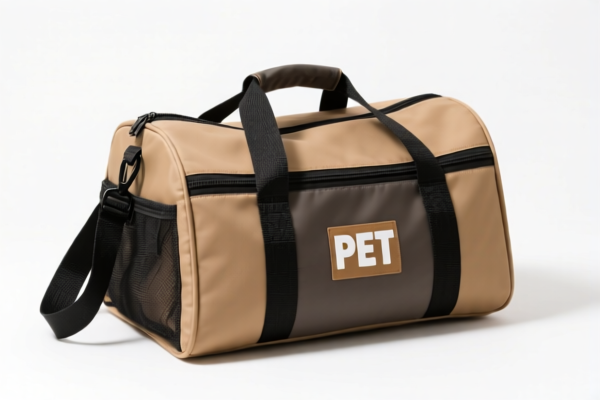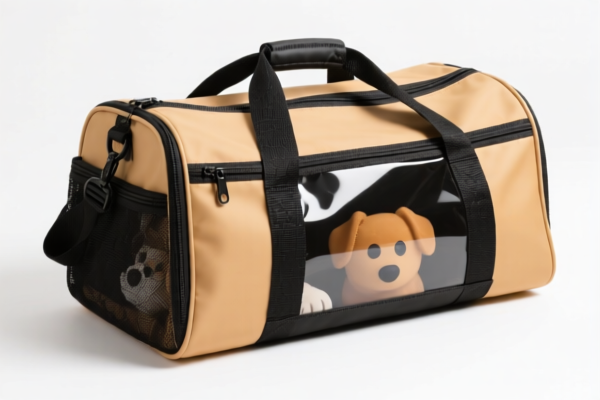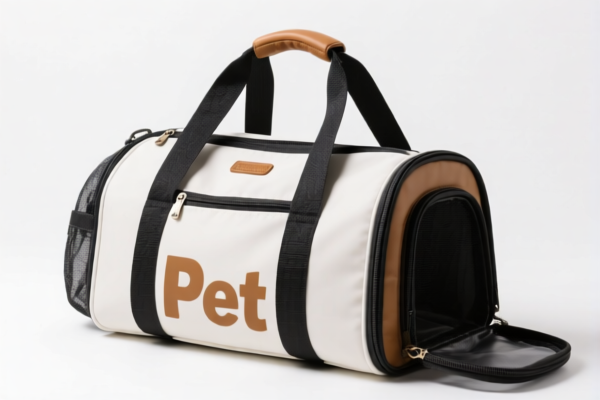| HS Code | Official Doc | Tariff Rate | Origin | Destination | Effective Date |
|---|---|---|---|---|---|
| 6305900000 | Doc | 43.7% | CN | US | 2025-05-12 |
| 3923210080 | Doc | 58.0% | CN | US | 2025-05-12 |




PET TRAINING BAG - HS Code Classification & Customs Guide
Based on the provided information, your "PET TRAINING BAG" can potentially fall under two HS codes, depending on its material composition. Here's a detailed breakdown to help you determine the correct classification and understand the associated customs implications:
Understanding HS Codes:
The Harmonized System (HS) Code is a globally standardized system of names and numbers used to classify traded products. It's crucial for accurate customs declarations, duty assessment, and trade statistics. Let's break down the structure:
- First 2 Digits (Chapter): Indicate the broad category of the product.
- First 4 Digits (Heading): Further refine the product category.
- First 6 Digits (Subheading): Provide a more specific description.
- Full HS Code (8 Digits): The most detailed classification, often with country-specific variations.
1. HS Code: 6305.90.00.00 – Sacks and bags, of a kind used for the packing of goods: Of other textile materials
- 63: Textile articles not elsewhere specified or included. (This is the broad chapter for various textile products)
- 05: Sacks and bags, of a kind used for the packing of goods.
- 90: Of other textile materials (This specifies the bag is not made of cotton, flax, hemp, jute, etc.)
- 00: Further specification - generally used for bags falling under this category.
Implications:
- Material: This code applies if your PET TRAINING BAG is made of materials other than cotton, flax, hemp, or jute. Examples include polyester, nylon, polypropylene, etc.
- Tax Rate:
- Basic Duty: 6.2%
- Additional Tariff: 7.5%
- Post April 2nd, 2025 Additional Tariff: 30%
- Total Tax: 43.7%
2. HS Code: 3923.21.00.80 – Articles for the conveyance or packing of goods, of plastics; stoppers, lids, caps and other closures, of plastics: Sacks and bags (including cones): Of polymers of ethylene Other: With no single side exceeding 75 mm in length
- 39: Plastics and articles thereof. (This is the broad chapter for plastic products)
- 23: Articles for the conveyance or packing of goods, of plastics.
- 21: Sacks and bags (including cones).
- 00: Further specification - generally used for bags falling under this category.
- 80: Further specification - bags made of polymers of ethylene (polyethylene) with no single side exceeding 75mm in length.
Implications:
- Material: This code applies if your PET TRAINING BAG is made of polyethylene (PE) plastic. This is a common plastic used for plastic bags.
- Size: Crucially, this code specifically applies if no single side of the bag exceeds 75mm in length. Measure the length of each side of the bag to confirm.
- Tax Rate:
- Basic Duty: 3.0%
- Additional Tariff: 25.0%
- Post April 2nd, 2025 Additional Tariff: 30%
- Total Tax: 58.0%
Recommendations & Key Considerations:
- Material Verification: The most important step is to accurately determine the primary material composition of your PET TRAINING BAG. If it's a blend of materials, consult with a customs broker to determine the correct classification rule.
- Size Measurement: If the bag is made of polyethylene, carefully measure all sides to confirm if any exceed 75mm.
- Certification (Potential): Depending on the final use of the bag (e.g., food contact), you may need to provide certifications related to material safety (e.g., FDA compliance for food-grade plastics).
- Single Invoice: Ensure your invoice clearly details the material composition and dimensions of the bags.
- Post April 2nd, 2025 Tariff Changes: Be aware of the increased additional tariffs coming into effect on April 2nd, 2025.
- Consult a Customs Broker: For complex cases or if you are unsure about the correct classification, it is highly recommended to consult with a licensed customs broker in China. They can provide expert guidance and ensure compliance with all relevant regulations.
Disclaimer: This information is for general guidance only and does not constitute professional customs advice. Customs regulations are subject to change, and it is your responsibility to ensure compliance with all applicable laws and regulations.
Customer Reviews
The guide helped me identify the correct HS code for my plastic bags. I appreciate the note about the 75mm size limit for HS Code 3923.21.00.80.
Great resource for understanding the tariff rates for PET training bags. The 43.7% rate for HS Code 6305.90.00.00 was exactly what I needed for my export plans.
The information on HS Code 3923.21.00.80 was clear, but I wish there were more details on how to measure the bag dimensions correctly for compliance.
The breakdown of HS Code 6305.90.00.00 was incredibly helpful. I now understand how to classify my PET training bags based on their material.